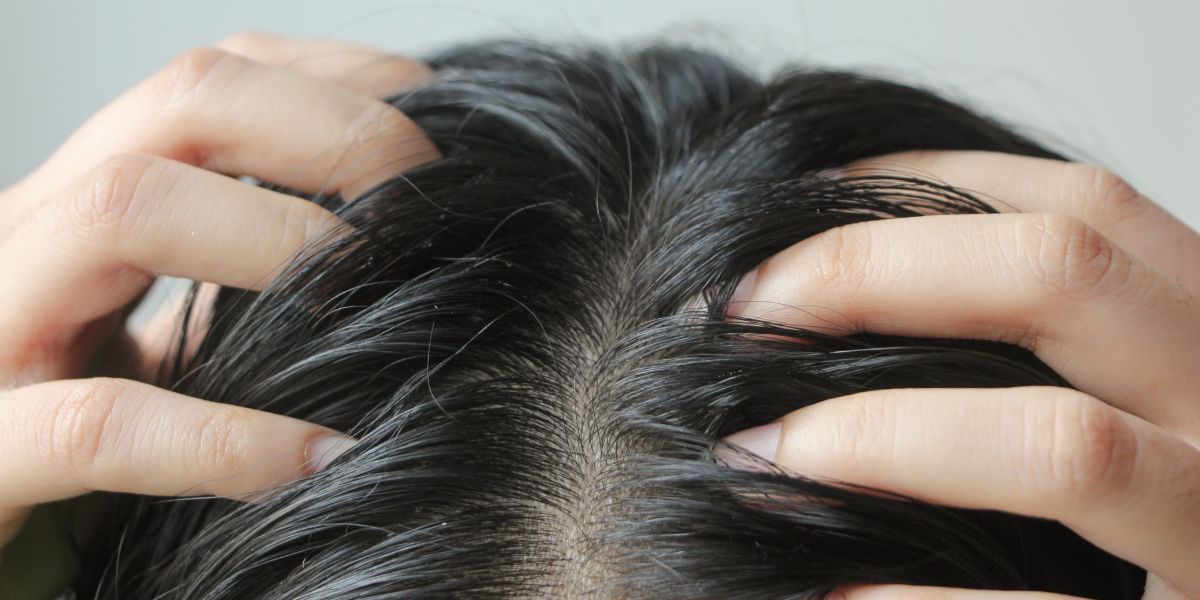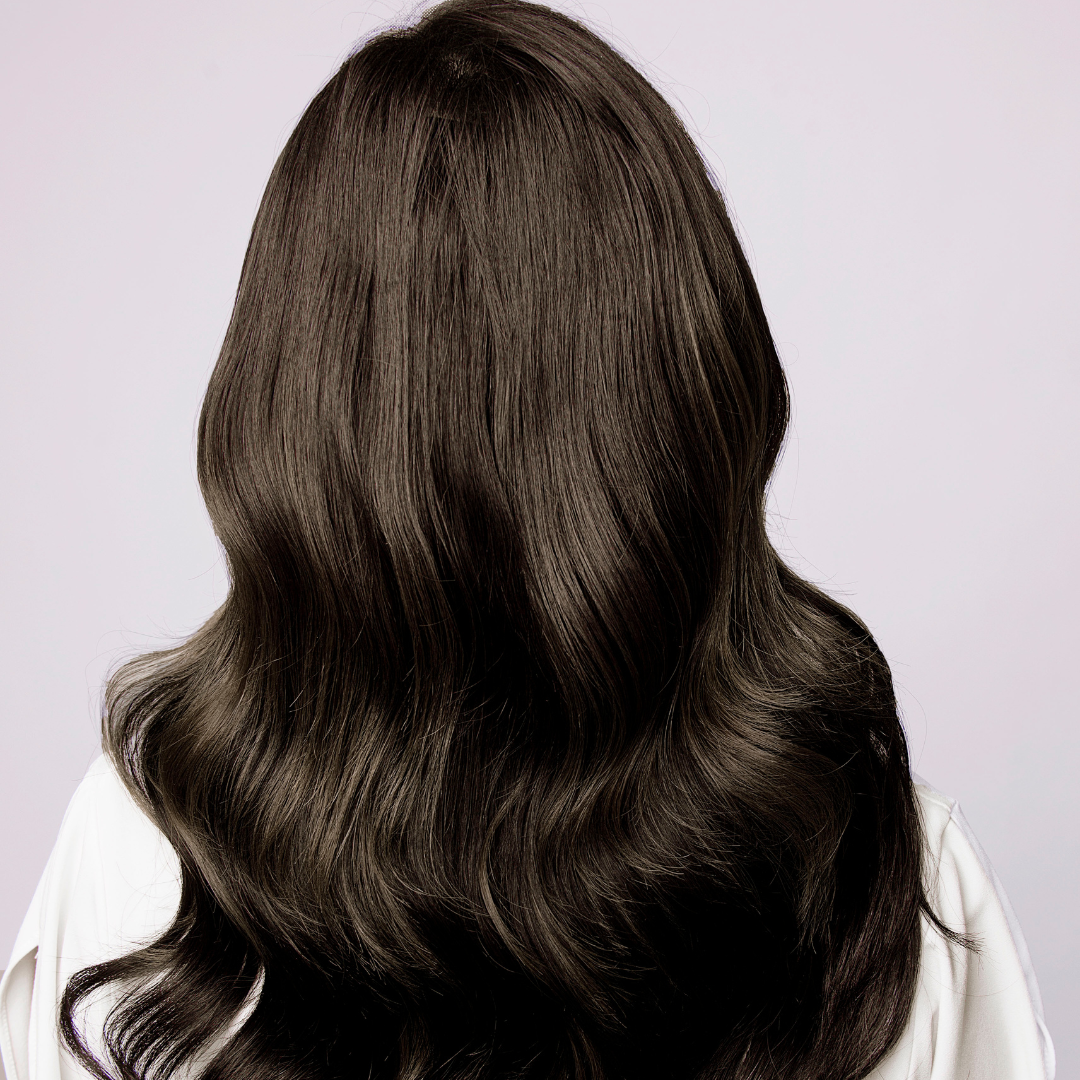Hair loss can be a distressing experience, but not all hair loss is the same. It's essential to distinguish between natural hair shedding and actual hair thinning to address the issue appropriately. In this comprehensive guide, we will clarify the difference between these two phenomena, offer guidance on how to monitor hair loss, and help you understand when it's a sign of thinning rather than a normal shedding process.
Understanding Natural Hair Shedding
The Hair Growth Cycle
Hair grows in cycles, which consist of three main phases:
- Anagen Phase (Growth Phase): This is the active growth phase of hair follicles, lasting 2-7 years. About 85-90% of the hair on your head is in this phase at any given time.
- Catagen Phase (Transitional Phase): This short phase lasts about 2-3 weeks, where hair follicles shrink and detach from the blood supply.
- Telogen Phase (Resting Phase): Lasting around 3 months, this phase is when hair stops growing and eventually falls out to make way for new hair growth.
Normal Hair Shedding
On average, it's normal to shed 50-100 hairs per day as part of the natural hair growth cycle. This shedding is a regular part of the cycle, where old hairs fall out to make room for new growth. Factors such as seasonal changes, stress, hormonal fluctuations, and dietary changes can temporarily increase shedding but are generally not cause for concern.
Signs of Normal Shedding
- Consistent Amount: The number of hairs shed remains relatively constant day-to-day.
- No Noticeable Bald Patches: Shedding does not result in noticeable thinning or bald spots.
- Healthy Hair Growth: New hair continues to grow, replacing the shed hairs.
Understanding Hair Thinning
Causes of Hair Thinning
Hair thinning, on the other hand, involves a reduction in hair density and volume, often resulting in visible thinning or bald patches. Several factors can contribute to hair thinning:
- Genetics: Androgenetic alopecia (male or female pattern baldness) is the most common cause, influenced by genetic predisposition.
- Hormonal Imbalances: Conditions like thyroid disorders, polycystic ovary syndrome (PCOS), and menopause can cause thinning.
- Nutritional Deficiencies: Lack of essential nutrients like iron, vitamin D, and biotin can affect hair health.
- Medical Conditions: Scalp infections, autoimmune diseases (e.g., alopecia areata), and chronic illnesses can lead to hair thinning.
- Medications: Certain drugs, including chemotherapy, antidepressants, and blood pressure medications, can cause thinning as a side effect.
- Physical and Emotional Stress: Traumatic events, surgery, or severe stress can trigger a condition called telogen effluvium, leading to significant hair thinning.
Signs of Hair Thinning
- Increased Hair Loss: Noticeable increase in hair falling out, especially during washing or brushing.
- Widening Part: The parting of the hair appears wider than before, indicating reduced density.
- Receding Hairline: Hairline gradually moves backward, particularly around the temples and forehead.
- Visible Scalp: More scalp becomes visible, especially under bright light or direct sunlight.
- Thinner Ponytail: Ponytails feel and appear thinner than they used to.
How to Monitor Hair Loss
Keeping Track of Hair Loss
- Daily Hair Count: Keep a rough count of the number of hairs you lose daily. If it's consistently over 100 hairs, it might be a sign of thinning.
- Hair Collection: Collect shed hairs from your shower drain, hairbrush, and pillow. This can help you visually gauge if there's an increase over time.
- Photographs: Take regular photos of your hairline, part, and crown. Comparing these over time can reveal gradual changes that might not be noticeable day-to-day.
- Hair Density Test: Perform a simple test by pulling a small section of hair. If more than a few hairs come out, it could indicate thinning.
- Consult a Professional: Dermatologists and trichologists can perform scalp examinations and diagnostic tests to determine the cause and extent of hair loss.
When to Seek Help
Understanding when to seek professional help is crucial. If you notice the following signs, it might be time to consult a healthcare provider:
- Sudden Hair Loss: Rapid and significant hair loss could indicate an underlying medical condition.
- Bald Patches: Visible bald spots or patches can be a sign of alopecia areata or other disorders.
- Scalp Issues: Redness, itching, or scaling on the scalp along with hair loss may indicate a scalp condition that needs treatment.
- Family History: If you have a family history of androgenetic alopecia, monitoring your hair loss closely is essential for early intervention.
Treatment and Prevention
Minoxidil: Minoxidil is an over-the-counter topical treatment known for its ability to stimulate hair growth and slow down hair loss. It works by dilating blood vessels in the scalp, which can potentially increase follicle size and stimulate hair regrowth. For men experiencing androgenetic alopecia, finasteride, a prescription oral medication, is effective in reducing hair loss by blocking the hormone responsible for hair thinning. Hormone therapy is another option for women dealing with hormonal imbalances contributing to hair loss. Additionally, supplements containing biotin, iron, vitamin D, and other essential nutrients support overall hair health. However, it's important to note that some individuals may experience scalp irritation or other side effects with these medications, so consulting with a healthcare provider is advisable.
- Natural Hair Growth Products
Alternatively, natural hair growth products can offer a gentler approach. Ingredients like rosemary, nettle, amla, and bhringraj are renowned for their hair-strengthening properties. Our Rthvi Rosemary harness the benefits of these botanicals to nourish the scalp, promote circulation, and support healthy hair growth. These natural oils can be massaged into the scalp to improve blood flow to hair follicles and provide essential nutrients directly to the roots, helping to combat thinning hair without the risk of adverse reactions associated with synthetic treatments. Incorporating these oils into your hair care routine can be a soothing and effective way to encourage thicker, fuller hair over time.
Lifestyle and Home Remedies
- Healthy Diet: Ensure a balanced diet rich in vitamins, minerals, and proteins to support hair growth.
- Stress Management: Practice stress-relief techniques like yoga, meditation, or exercise to minimize stress-induced hair loss.
- Gentle Hair Care: Avoid harsh chemicals, heat styling, and tight hairstyles that can damage hair and contribute to thinning.
- Scalp Massage: Regular scalp massages can improve blood circulation and stimulate hair follicles.
Conclusion
Distinguishing between natural hair shedding and hair thinning is essential for addressing hair loss effectively. Normal shedding is part of the hair growth cycle, while thinning indicates a reduction in hair density and volume. By monitoring your hair loss, understanding the signs of thinning, and seeking professional help when necessary, you can take proactive steps to maintain healthy hair. Whether through medical treatments, lifestyle changes, or home remedies, addressing hair thinning early can significantly improve outcomes and help you maintain a full, healthy head of hair.




